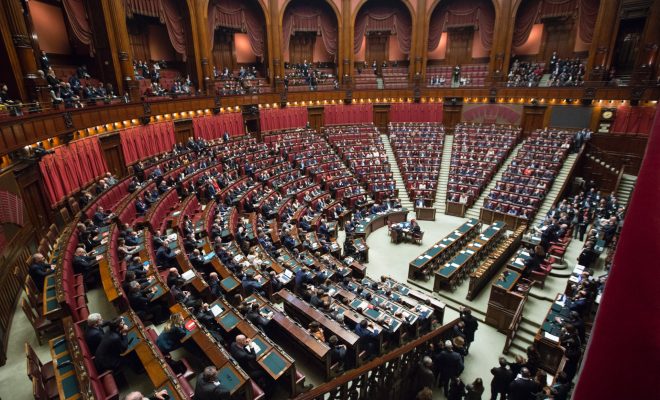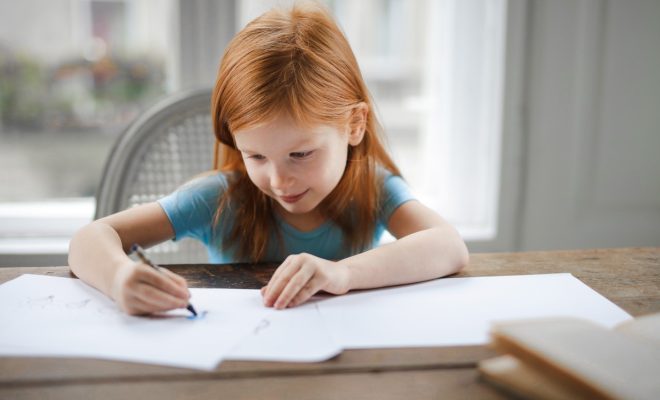A Guide to Classifications Of Rhyme

Rhyme is defined as a repetition of similar sounds in several words. It is a relatively common device often used in various forms of poetry, particularly at the ends of lines, and it is required in formal verse.
Perfect rhyme is the most well-known and widely-used form of rhyming. In perfect rhyme, the stressed syllables in words and all syllables that follow will share sounds, such as ‘stencil’ and ‘pencil.’ We’ll be looking at how different rhymes are classified throughout this article. Read on to learn more.
Rhymes Classified By Unstressed & Stressed Syllables
Perfect and imperfect rhymes are two vital rhyme forms that are defined by where the rhyme falls relative to the stressed syllable in each word and the sounds they share.
Perfect rhymes include words whose stressed syllables share identical sounds, as do all subsequent sounds to the stressed syllable. ‘Despair’ and ‘compare’ are perfect rhymes, as both of their stressed final syllables have identical sounds. ‘Thunder’ and ‘plunder’ are perfect rhymes as well, as their stressed first syllables and the syllable after have common sounds.
Imperfect rhymes consist of words that rhyme one word’s stressed syllable with another word’s unstressed syllable. For instance, ‘frown’ and ‘uptown,’ or ‘ring’ and ‘painting.’
Rhymes Classified By Sound
This method of classification pays less attention to the stressed syllables and more on the sound.
Assonance, while often defined as a separate figure of speech, can be defined as a rhyme type consisting of the repetition of similar or the same vowel sounds. For instance, ‘sound’ and ‘wow,’ or ‘booth’ and ‘roof.’
Alliteration is also generally considered a figure of speech, but it can also be defined as a rhyming method. It involves repeating the same sounds, whether vowel or consonant, at either the beginning of words or their stressed syllables. ‘Sally sells seashells by the seashore.’
Consonance is similar to resonance and is once again often described as a figure of speech. In the context of rhyme, it involves the repetition of similar or identical consonant sounds, like ‘file’ and ‘half.’
These are just a few of the many different rhyme classifications. We recommend consulting this article for a more in-depth look.
Rhyme Scheme
In formal verse, ending rhymes generally follow a pattern of repetition known as a rhyme scheme. These are described with letters of the alphabet so that each line of verse that corresponds to a particular rhyme type in the poem is assigned a letter, starting with ‘A.’
For example:
Bid me to weep, and I will weep (A)
While I have eyes to see (B)
And having none, yet I will keep (A)
A heart to weep for thee (B)
While all poems in formal verse follow one rhyme scheme or another, certain types of poetry have a set rhyme scheme, like the villanelle or sonnet. Poets who wish to write these kinds of poems must match the rhyme scheme of those types, or they cannot be classified as those types.
Concluding Thoughts
Writers use rhyme to make language sound more thoughtfully composed and beautiful, as though it were music. It can be a great way to elevate one’s writing. It is also a useful tool for conveying messages and imagery in a pleasing, playful way.






